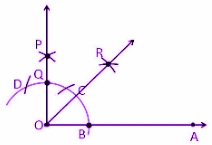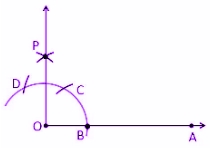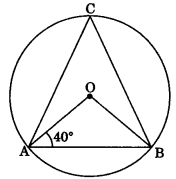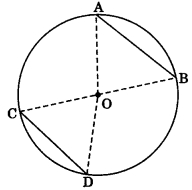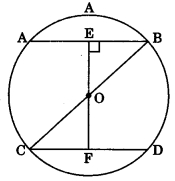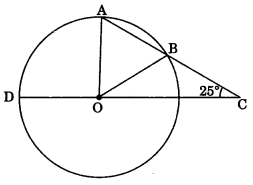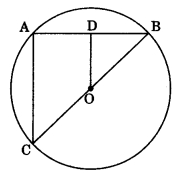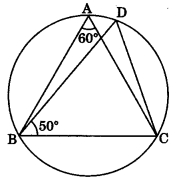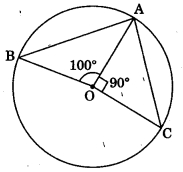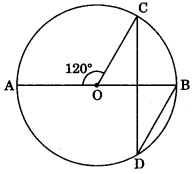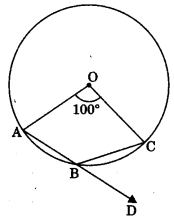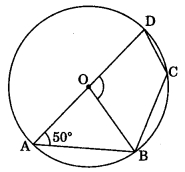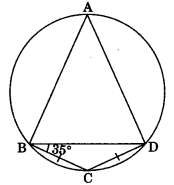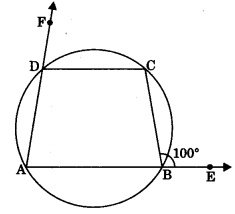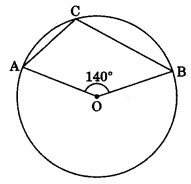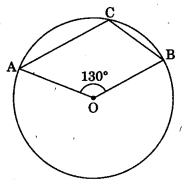Check the below NCERT MCQ Questions for Class 9 Geography Chapter 1 India Size and Location with Answers Pdf free download. MCQ Questions for Class 9 Social Science with Answers were prepared based on the latest exam pattern. We have Provided India Size and Location Class 9 Geography MCQs Questions with Answers to help students understand the concept very well. https://mcqquestions.guru/mcq-questions-for-class-9-geography-chapter-1/
India Size and Location Class 9 MCQs Questions with Answers
Choose the correct option:
India Size And Location Class 9 MCQ Question 1.
The Tropic of Cancer does not pass through
(a) Rajasthan
(b) Orissa (Now Odisha)
(c) Chhattisgarh
(d) Tripura
Answer
Answer: (b) Orissa (Now Odisha)
Class 9 Geography Chapter 1 MCQ Question 2.
The eastern most longitude of India is
(a) 97°25’E
(b) 68°7′ E
(c) 77°6’E
(d) 82°32’E
Answer
Answer: (a) 97°25’E
Class 9 Geography Chapter 1 MCQ With Answers Question 3.
Uttarakhand, Uttar Pradesh, Bihar, West Bengal and Sikkim have common frontiers with
(a) China
(b) Bhutan
(c) Nepal
(d) Myanmar
Answer
Answer: (c) Nepal
Geography Class 9 Chapter 1 MCQ Question 4.
If you intend to visit Kavarati during your summer vacations, which one of the following Union Territories of India you will be going to?
(a) Puducherry
(b) Lakshadweep
(c) Andaman & Nicobar
(d) Diu and Daman
Answer
Answer: (b) Lakshadweep
Class 9 India Size And Location MCQ Question 5.
My friend hails from a country which does not share land boundary with India. Identify the country.
(a) Bhutan
(b) Tajikistan
(c) Bangladesh
(d) Nepal
Answer
Answer: (b) Tajikistan
Geography Chapter 1 Class 9 MCQ Question 6.
How many states and Union Territories does India have?
(a) India has 26 States and 7 Union Territories
(b) India has 25 States and 7 Union Territories
(c) India has 28 States and 7 Union Territories
(d) India has 28 States and 6 Union Territories
Answer
Answer: (c) India has 28 States and 7 Union Territories
MCQ Questions For Class 9 Geography Chapter 1 Question 7.
Which line divides India into approximately two equal parts?
(a) Equator
(b) Tropic of Cancer
(c) Tropic of Capricorn
(d) None of these
Answer
Answer: (b) Tropic of Cancer
Ncert Class 9 Geography Chapter 1 MCQ With Answers Question 8.
What is the position of India in the world in respect of area?
(a) 8th position
(b) 7th position
(c) 6th position
(d) 2nd position
Answer
Answer: (b) 7th position
Geography Chapter 1 MCQ Class 9 Question 9.
Which meridian is fixed as a Standard Meridian of India?
(a) 82½° E
(b) 84½° E
(c) 86° E
(d) 81° E
Answer
Answer: (a) 82½° E
MCQ Of Chapter 1 Geography Class 9 Question 10.
The latitudinal extent of India lies between
(a) 7° 5′ N and 26° 5′ N
(b) 8° 4′ N and 37° 6′ N
(c) 12° 5′ N and 27° 5′ N
(d) 12° 5′ N and 37° 6′ N
Answer
Answer: (b) 8° 4′ N and 37° 6′ N
Class 9th Geography Chapter 1 MCQ Question 11.
Tropic of Cancer passes through which of these states
(a) Orissa
(b) Tripura
(c) Bihar
(d) Punjab
Answer
Answer: (b) Tripura
Chapter 1 Geography Class 9 MCQ Question 12.
Which of the following longitudes is selected as the Standard Meridian for India?
(a) 68°7′E
(b) 82°30′E
(c) 97°25′E
(d) 23°30′N
Answer
Answer: (b) 82°30′E
Geography Ch 1 Class 9 MCQ Question 13.
Which of the following is the oldest route of contact between India and other countries of the world?
(a) Ocean routes
(b) Maritime contact
(c) Land routes
(d) Air routes
Answer
Answer: (c) Land routes
India Size And Location Class 9 MCQ With Answers Question 14.
How many states and Union Territories are there in India?
(a) 28 states and 7 Union Territories including Delhi
(b) 23 States and 12 Union Territories
(c) 26 states and 9 Union Territories
(d) 30 States and 5 Union Territories
Answer
Answer: (a) 28 states and 7 Union Territories including Delhi
Ch 1 Geography Class 9 MCQ Question 15.
India achieved multi-faceted socio-economic progress during which of the following periods?
(a) Since ancient times
(b) During medieval period
(c) In the 21st century
(d) During the last five decades
Answer
Answer: (d) During the last five decades
Class 9 Sst Geography Chapter 1 MCQ Question 16.
Which of the following is the longitudinal extent of India?
(a) 8°4′N and 37°6′N
(b) 68°7′N and 97°25′E
(c) 68°7′E and 97°25′W
(d) 8°4′E and 37°6′E
Answer
Answer: (b) 68°7′N and 97°25′E
Class 9 Chapter 1 Geography MCQ Question 17.
The eastern-most longitude of India is
(a) 97°25′E
(b) 68°7′E
(c) 77°6′E
(d) 82°32′E
Answer
Answer: (a) 97°25′E
Geo Ch 1 Class 9 MCQ Question 18.
Which latitude passes through the southern-most point of India’s mainland?
(a) 8°4′N
(b) 37°6′N
(c) 8°4′S
(d) 82°30′E
Answer
Answer: (a) 8°4′N
Class 9 Geography Chapter 1 MCQs Question 19.
Which of the following groups of islands belonging to the Indian territory lies in the Arabian Sea?
(a) Andaman and Nicobar Islands
(b) Sri Lanka
(c) Lakshdweep
(d) Maldives
Answer
Answer: (c) Lakshdweep
Question 20.
What is India’s size with respect to other countries of the world?
(a) First
(b) Third
(c) Fourth
(d) Seventh
Answer
Answer: (d) Seventh
Question 21.
Which geographical feature bounds India’s mainland south of 22°N latitude?
(a) Young Fold Mountains
(b) Sandy Desert
(c) Lava Plateaus
(d) Seas and Ocean
Answer
Answer: (d) Seas and Ocean
Question 22.
Both the latitudinal and longitudinal extent of India’s mainland is about 30°. But on looking at the map of India which of the following alternatives do you observe about India’s size?
(a) East-west extent appears to be smaller than north-south extent
(b) East-west extent appears to be larger than north-south extent
(c) East-west and north-south extent appears equal
(d) North-south extent appears to be smaller than east-west extent
Answer
Answer: (a) East-west extent appears to be smaller than north-south extent
Question 23.
If the local time at Dwarka (69°01′E) in Gujarat to the west of India is 6 am, what will be the local time at Dibrugarh (94°58′E approximately 95°), in Assam, in the east?
(a) 4.16 am
(b) 6 am
(c) 7.44 am
(d) 7.44 pm
Answer
Answer: (c) 7.44 am
Question 24.
The Standard Meridian of India, 82°30′E passes through which of the following places?
(a) Kanniyakumari in Tamil Nadu
(b) Walong in Arunachal Pradesh
(c) Kachchh in Gujarat
(d) Mirzapur in Uttar Pradesh
Answer
Answer: (d) Mirzapur in Uttar Pradesh
Question 25.
Which of the following has reduced India’s distance from Europe by 7000 km?
(a) Suez Canal
(b) Panama Canal
(c) Indira Gandhi Canal
(d) Buckingham Canal
Answer
Answer: (a) Suez Canal
We hope the given NCERT MCQ Questions for Class 9 Geography Chapter 1 India Size and Location with Answers Pdf free download will help you. If you have any queries regarding India Size and Location CBSE Class 9 Geography MCQs Multiple Choice Questions with Answers, drop a comment below and we will get back to you soon.
